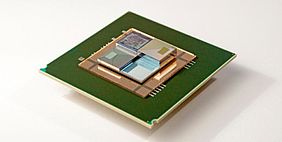There are many types of batteries available and progress continues in refining the various technologies. This is both accelerating the shift towards electrical power and is the result of the ongoing shift. One is providing steam to the other.
The increase power production through renewables, California is already exceeding the 50% goal of renewable energy today (although not every week) and it is well on the way of meeting the 50% renewable for 2030, is increasing the availability of electricity at all levels and this is pushing studies for better and better electrical energy storage.
Electrical energy storage is complicated, storing electrons is not easy: they are really tiny but to store them you need atoms and atoms are huge in comparison to electrons, 100 million times bigger. Hence, to store an electron you need a space that is at least 100 million times bigger. To give you an idea that would compare to needing a 25 warehouses each fifteen stories high 50m per 100m to store a single box of shoes! This explains why batteries are relatively bulky and heavy.
In the end most batteries are based on exploiting chemical reactions that absorb and release electrons. One of these chemical reaction is called redox (reduction oxidation) and it is the one used by redox batteries (see clip explaining how they work. These batteries are very good since they have a basically unlimited number of cycles of charge-discharge but are even bulkier than other types of batteries, like the lithium ones.
Researchers at IBM labs in Zurich have managed to shrink a redox battery to the size of a chip creating layers of polymers that form modules 1.5mm thick that can be staked to deliver the required power. The layers are manufactured through a 3D printer.
This micro battery produces 1W net of power per square cm (it actually produces 1.4 W but 0.4W is used to circulate the fluid in the battery that powers the chemical reaction).
Interestingly, these modules double up as heat dissipators, cooling the chip.







